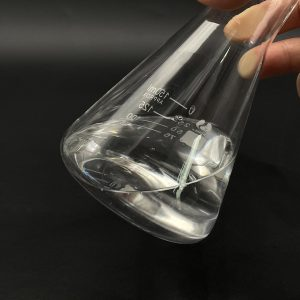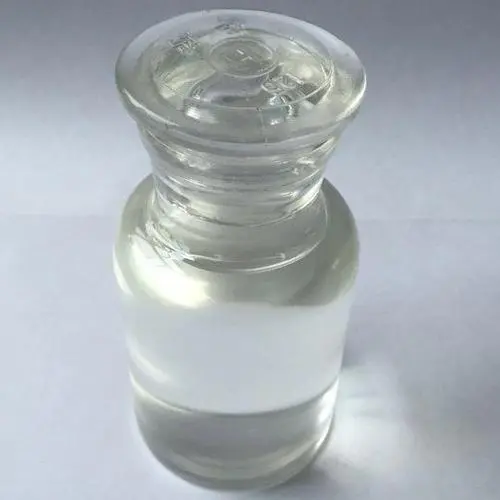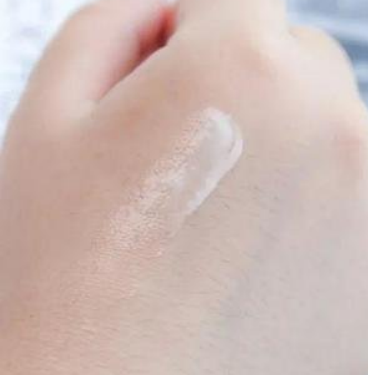1. Introduction
If you’ve ever experienced dry skin, itchy eyes, or scalp irritation after using shampoo or body wash, sodium lauryl sulfate (SLS)—also known as sodium dodecyl sulfate or na lauryl sulfate—might be the culprit. This powerful anionic surfactant is widely used for its foaming and cleansing power, but it’s not without drawbacks. Whether you’re formulating a product, troubleshooting a reaction, or just trying to understand what’s in your bathroom cabinet, this practical guide walks you through common SLS issues and how to solve them.

2. Identify and Avoid SLS-Related Skin Irritation
Sodium lauryl sulfate is a strong anionic surfactant that can strip natural oils from skin and hair. If you notice redness, dryness, or stinging—especially around the eyes—it’s time to check your labels.
- Look for ‘sodium lauryl sulfate,’ ‘sls sodium lauryl sulfate,’ ‘natrium lauryl sulfate,’ or ‘lauryl sulfate’ on ingredient lists.
- Switch to products labeled ‘SLS-free’ or those using milder surfactants like cocamidopropyl betaine (also called coco betaine or amidopropyl betaine), decyl glucoside, or sodium lauroyl sarcosinate.
- Patch-test new products on a small area of skin before full use.
3. Fix Formulation Problems in DIY or Commercial Products

When making your own shampoos, cleansers, or even herbicide mixes, SLS can cause issues like poor solubility, excessive foam, or incompatibility with other ingredients—especially cationic ones.
Never mix anionic and cationic surfactants directly. For example, combining sodium lauryl sulfate (anionic) with cetyl trimethyl ammonium bromide (a cationic surfactant) can cause cloudiness, separation, or loss of effectiveness. If your formula includes both, use an amphoteric surfactant like cocamidopropyl betaine as a buffer.
For herbicide applications, avoid using SLS as a surfactant for weed killer. Instead, opt for non-ionic surfactants like polysorbate 80, ethoxylated alcohol, or lignin sulfonate, which act as effective lawn wetting agents without damaging plant tissue.
4. Choose Gentler, Effective Alternatives

Not all surfactants are created equal. If you want to avoid SLS but still need good cleansing or foaming, consider these safer options:
- Alkyl polyglucoside and coco glucoside: plant-derived, non-ionic surfactants that are biodegradable and gentle.
- Sodium cocoyl isethionate and sodium lauroyl methyl isethionate: mild anionic surfactants often used in ‘syndet’ bars.
- Sodium coco sulfate (sometimes labeled as coco sodium sulfate): a milder cousin of SLS derived from coconut oil.
- Bio surfactants like sodium cocoyl glutamate or rhamnolipids: eco-friendly and skin-friendly options gaining popularity.
Avoid confusing sodium lauryl sulfate (SLS) with sodium laureth sulfate (also called sodium lauryl ether sulfate or sls sodium laureth sulfate). Though both are anionic surfactants, SLES is generally less irritating due to ethoxylation—but may contain trace 1,4-dioxane, a potential contaminant.
5. Know Where to Source Quality Surfactants
If you’re formulating products commercially or in bulk, sourcing matters. Reputable suppliers like Rohit Surfactants Private Limited offer high-purity sodium lauryl sulfate for sale, along with alternatives like sodium dodecylbenzene sulfonate or nonionic surfactants such as Pluronic 127 (poloxamer 188) and Span80.
Always verify the INCI name and purity level. For example, ‘sodium dodecyl sulfate’ is chemically identical to ‘sodium lauryl sulfate’—just named differently based on IUPAC vs. common usage.
For agricultural use, never substitute household SLS in herbicide mixes. Instead, use purpose-made surfactant for herbicides that are labeled as wetting agents for grass and compatible with active ingredients like glyphosate.
6. Conclusion
Sodium lauryl sulfate is effective but often too harsh for sensitive skin or delicate formulations. By understanding its behavior—especially its incompatibility with cationic ingredients and its strong cleansing action—you can troubleshoot issues and make informed swaps. Whether you’re choosing a shampoo, mixing a DIY cleaner, or formulating a commercial product, there are plenty of gentler, high-performing alternatives like alkyl polyglucoside, cocamidopropyl betaine, and sodium cocoyl isethionate. Always read labels, test small batches, and prioritize surfactants that align with your skin’s needs and environmental goals.
Our Website founded on October 17, 2012, is a high-tech enterprise committed to the research and development, production, processing, sales and technical services of ceramic relative materials such as 5. Our products includes but not limited to Boron Carbide Ceramic Products, Boron Nitride Ceramic Products, Silicon Carbide Ceramic Products, Silicon Nitride Ceramic Products, Zirconium Dioxide Ceramic Products, etc. If you are interested, please feel free to contact us.


